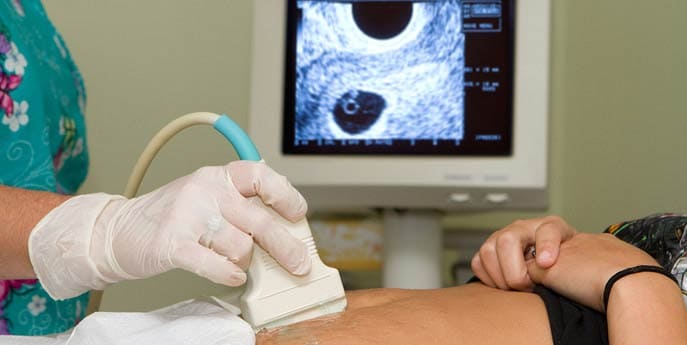With an expected unprecedented growth rate of 45.5% between 2010 and 2020, the Diagnostic Medical Sonographer is the fastest growing healthcare job in the US (BLS – Bureau of Labor Statistics). The Diagnostic Medical Sonographer career has also found an honorable mention on the US News List of Best Jobs in 2013.
Attractive Remuneration
Apart from the high growth rate, the salary of a Sonographer has continued to remain high. The median salary as per the BLS is around $ 65,210 per annum ($ 31.63 per hour). The highest salary levels cross the $ 90,000 per annum mark, and the lowest salary also hovers around a decent $ 45,000 per annum.
Additionally, the US News rates the job of a diagnostic medical sonographer as average in flexibility and low on stress; which is an attractive combination in today’s times.
Continued Increase in Demand
The increase in demand for sonographers arises from increased usage of ultrasound technologies, which are highly preferred non-intervention and minimal-risk diagnostic methods in healthcare today.
Their most popular use remains in the area of pregnancy, where sonographers scan the uterus with ultrasound to get clear images of the baby’s prenatal progression, they determine the gender of the baby, and locate any pregnancy-related complications inside the womb.
Apart from pregnancy, the sonographer uses ultrasound to create images of various organs inside the body for efficient diagnosis and medical treatment. Current uses include sonograhpy for cardiac, abdominal and neurological diagnosis.
In fact, sonographers say that diagnostic medical sonography is being used for “everything that doesn’t have a bone and is not full of air”. This one statement encompasses the huge scope of diagnosis through ultrasound sonography.
Skills & Training
Sonographers require good interpersonal skills apart from technical skills. They are usually the first healthcare professionals who an anxious patient meets. From putting the patient at ease, and then positioning him/her physically for the best calibrated ultrasound imaging, requires the sonographer to be calm, patient and friendly; and yet remain authoritative. Such professionalism comes from good soft skills and an internal desire to help people – both of which are required to mature into the higher income bracket as a sonographer.
The technical and interpersonal skills that a sonographer requires can be acquired by attending a structured learning program. Accredited programs should always be preferred as they ensure a high quality learning experience and thorough knowledge, which are required to perform the job duties efficiently. Accredited Diagnostic Medical Sonographer Program is usually a 2-year associate’s degree that covers anatomy, physiology, equipment training, other related medical courses, clinical training, report making, interpersonal skills etc.
Certification Requirements
Certification requirements vary between states, and Connecticut does not require a sonographer to be certified. However, certification is recommended as most employers prefer certified sonographers; and getting certification raises both employability as well as salary.
Certification is obtained by clearing the exams conducted by American Registry of Diagnostic Medical Sonographers (ARDMS).




